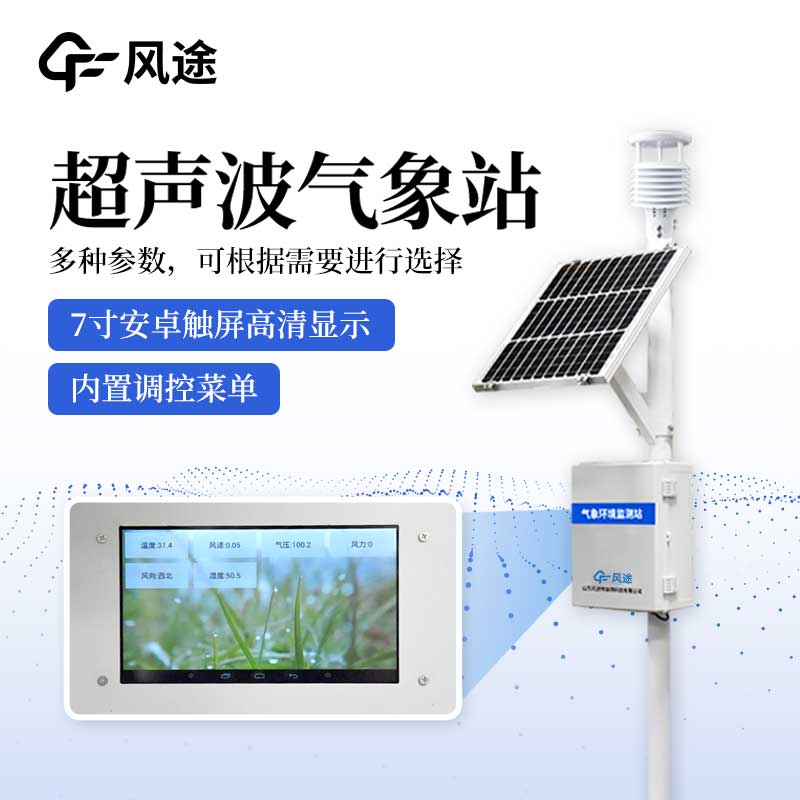The Weather Station Monitoring System helps us understand weather changes and prevent natural disasters. Depending on different application scenarios and functional requirements, the Weather Station Monitoring System can be divided into large-scale and small-scale types, and there are obvious differences between the two.
Large-scale Weather Station Monitoring Systems are usually deployed by national or provincial meteorological departments, with a wide monitoring range that can cover a region or even an entire country. Such systems are equipped with a variety of high-precision and complex professional meteorological devices, which can monitor a large number of meteorological elements such as air temperature, air pressure, humidity, wind direction, wind speed, precipitation, and radiation. They have strong data collection and processing capabilities and extremely high data accuracy, and can provide comprehensive and accurate basic data for large-scale weather forecasting, climate research, and disaster prevention and mitigation. For example, the monitoring system used to predict the path and intensity of typhoons requires data provided by a large-scale Weather Station Monitoring System for accurate simulation and analysis.
Small-scale Weather Station Monitoring Systems are relatively more flexible and are generally applied in specific regions or professional fields. Compared with large-scale systems, their monitoring range is smaller, and they may only target a local area of a city, a farm, or an industrial park, etc. The equipment of small weather stations is relatively simple and the cost is lower. In terms of the types of meteorological elements to be monitored, they can be flexibly configured according to actual needs. For example, in agricultural production, the focus may be on monitoring elements closely related to crop growth, such as air temperature, humidity, light, and precipitation.
The civil small weather station, as a type of small-scale Weather Station Monitoring System, is gradually entering people's lives. It is usually designed to be compact, portable, and easy to install. Ordinary household users can install it by themselves in locations such as courtyards and balconies. The civil small weather station can monitor the basic meteorological information of the location in real time, such as temperature, humidity, wind speed, and wind direction, and present it to users through the supporting mobile application or display screen, allowing people to keep abreast of the weather conditions around them at any time. This is very practical for people who like outdoor activities, such as hiking and camping enthusiasts, as well as gardening enthusiasts who are concerned about the growth of plants.
Of course, regardless of their size, meteorological environment monitoring systems play an irreplaceable role in their respective fields. Large-scale systems provide support for meteorological research and decision-making at a macro level, while small-scale systems, especially civil small weather stations, bring meteorological information closer to people's daily lives.

Article address:https://www.sqqx.net/en/news/618.html

 +86 15898932201
+86 15898932201



